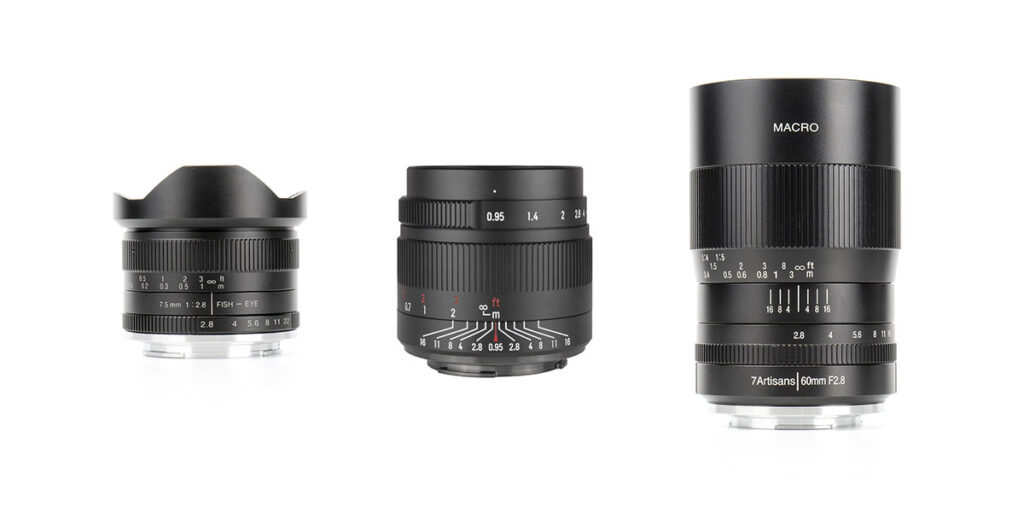
Throughout my journey with Fujifilm, I’ve mostly stuck with the dedicated X Series lenses. After all, Fuji makes incredible glass, and I’ve always been happy with the results.
That’s not to say I haven’t occasionally branched out. I’ve got a couple of Lensbaby lenses that have Fuji mounts, and I’ve used some of my old manual Nikon lenses on my X Series cameras with a Nikon-Fuji mount. I know that many Fuji shooters love the Rokinon 12mm f/2 for astrophotography, but I haven’t used that one myself.
There is one brand that has intrigued me during the past few years, and I finally got a chance to try out some of their lenses.
7 Artisans is an independent company that makes high quality, but very affordable manual focus lenses for different mounts, and they have a number of lenses that are built with the Fuji FX mount.
The company was started, and continues to be run by a small, but experienced number of relatively young and passionate camera enthusiasts. Formed in 2015, 7 Artisans released their first designs in late 2016, a small run of their 50mm f/1.1 lens. Now, four years laster, 7 Artisans has 20 lenses and 3 adapters in their product line.
I remember the first time I saw a 7 Artisans lens. It was the 35mm f/1.2. It had a cool, classic design and a wonderfully shallow aperture. I was quite intrigued.
In many ways, that lens epitomized the design philosophy of 7 Artisans.
They’re devoted to the legacy of classic lenses that have helped photographers capture their imagery and imagination for decades. One of the original founders is an avid Leica collector.
That 35 f/1.2 stuck in my head, and so when one of their reps asked me if I wanted to try out three of their newest editions for Fuji, I jumped at the chance.
Over the course of a few weeks, I tried out three different lenses and found them to be very fun and intriguing options especially for the price point. They’re definitely worth considering if you’re on a budget and don’t feel like spending in the mid to upper hundreds for a lens.
7 Artisans APS-C 35mm f/.095

One of their newest designs, the 35mm f/.095, is a standard focal length lens with an incredibly fast maximum aperture that offers extremely shallow, razor thin depth of field options and a very bright look in the viewfinder.
The first thing you’ll notice when you pick up a 7 Artisans lens is that despite the relatively low cost compared to equivalent/similar brand name lenses, they don’t feel cheap.
Quite the contrary. They feel substantial in your hands. The 35 f/.095 is by no means an ultra lightweight lens, but that’s because you need a lot of glass to get this kind of speed, and in this case, an all-metal housing to hold it securely in place.
Built with 11 elements in 8 groups, the 35mm f/.095 has a 12-bladed aperture ring that produces wonderfully creamy bokeh effects. In addition, it has a “click-less” aperture ring, which makes it an ideal lens for shooting video.
As with many of the lenses, it has a the f/stop numbers and a distance scale right on the lens barrel. These are essential and very helpful guides for any manual lens.

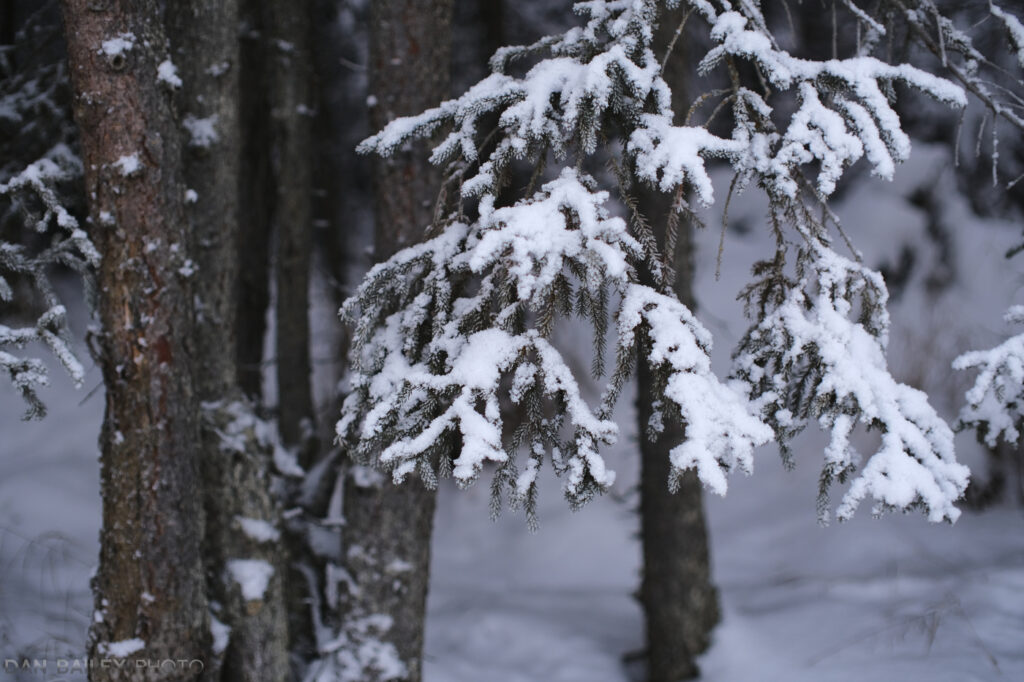
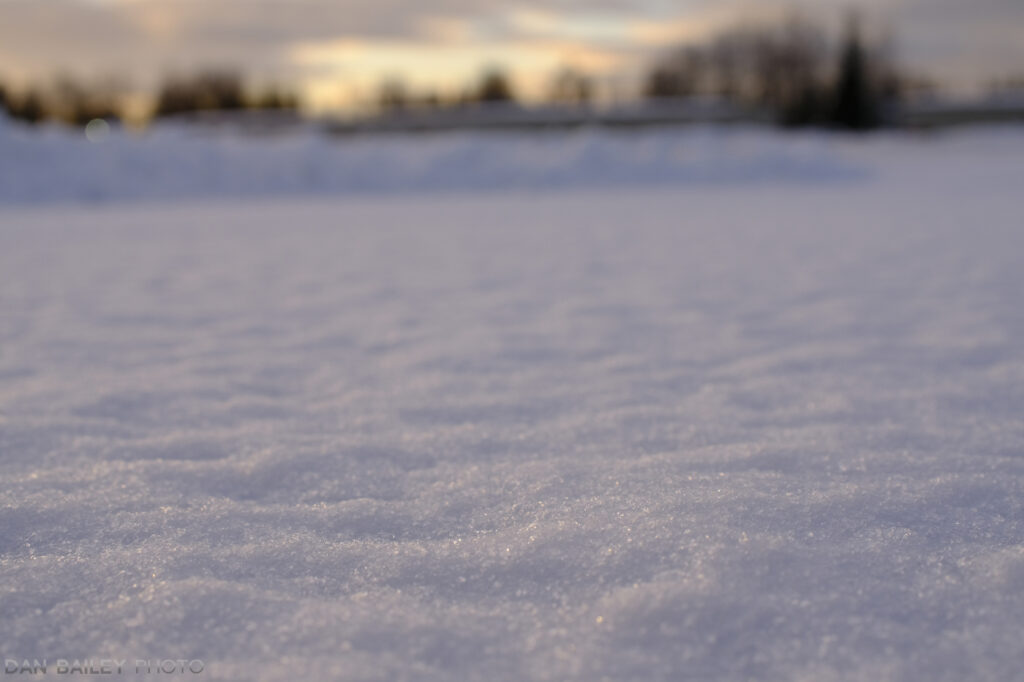
Quality and Performance
I’m highly impressed with the build quality of this lens, and that alone makes it an attractive option for people who are looking to get a good lens at a budget price. At only $249, it’s an incredible bargain, and yet it’s built like a tank.
It costs less than half of what Fuji’s XF35mm f/1.4, and $150 less than the XF35mm f/2. It costs a little bit more than Fuji’s XC35mm f/2, but that version has a plastic housing and mount. That’s not to say that Fuji’s XC lenses aren’t high quality lenses, because they are, but they’re not built to be extremely durable.
Keep in mind, I don’t want to make this review a comparison of 7 Artisans vs. Fuji, I just want to give you a point of reference for size, weight and price.
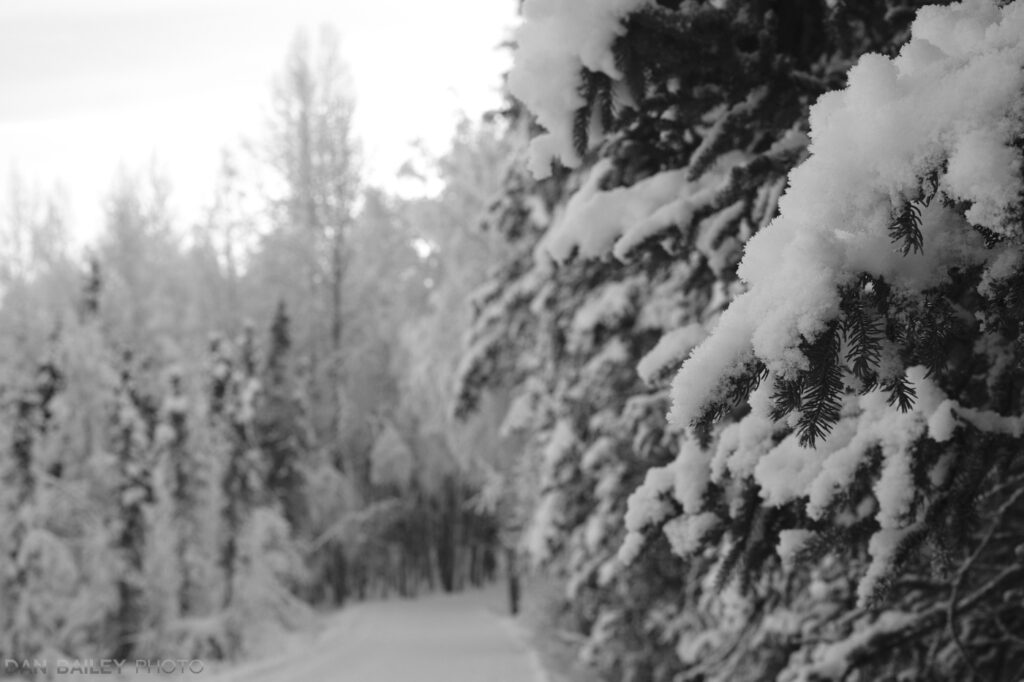
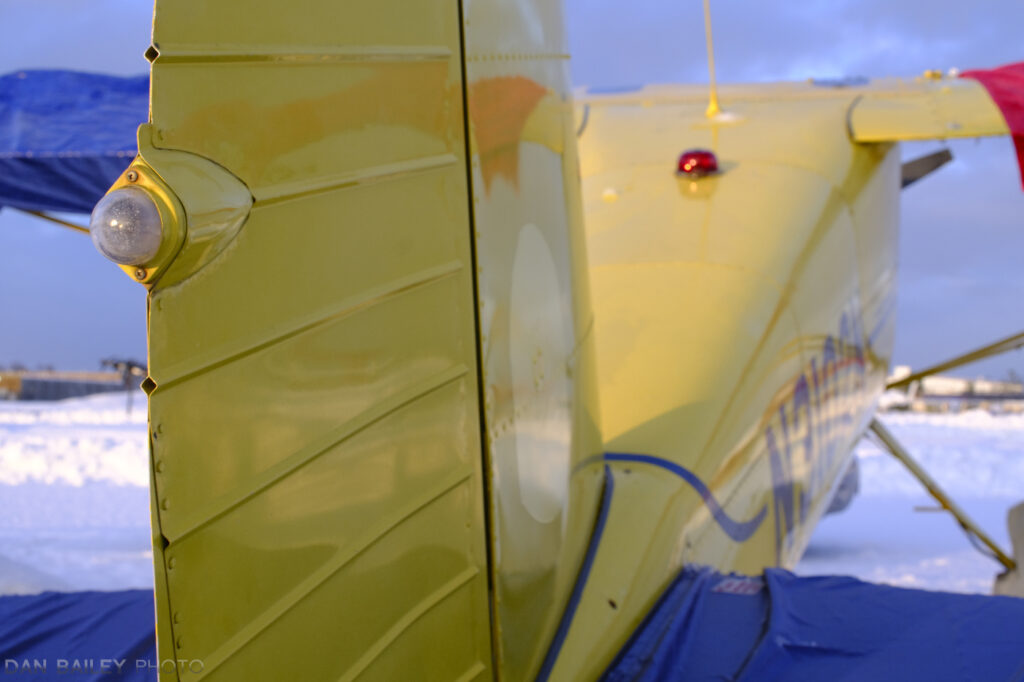
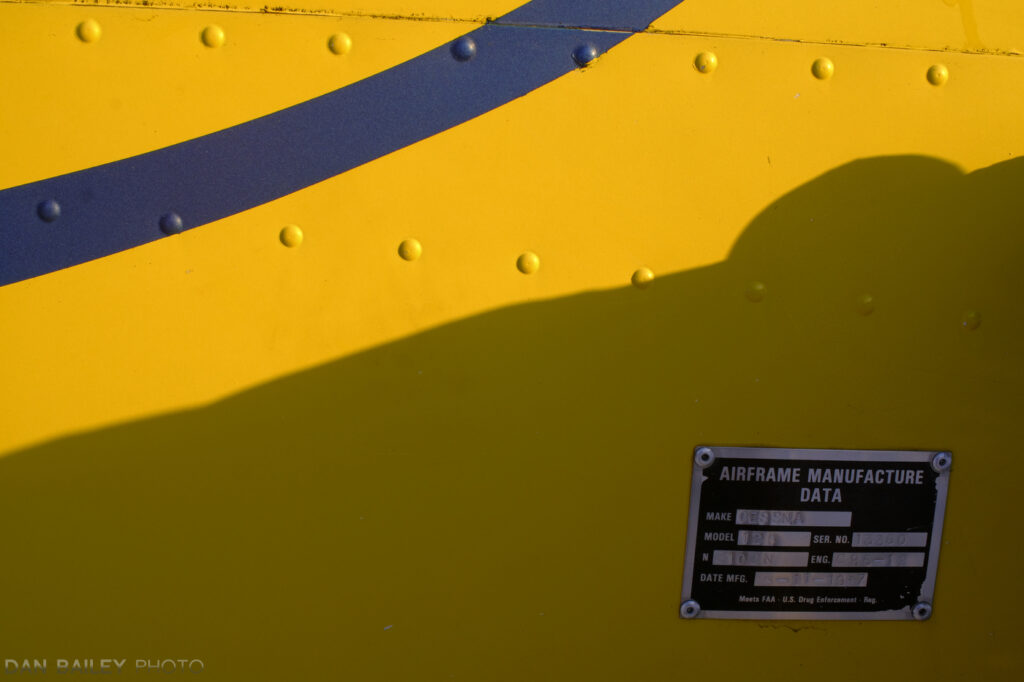
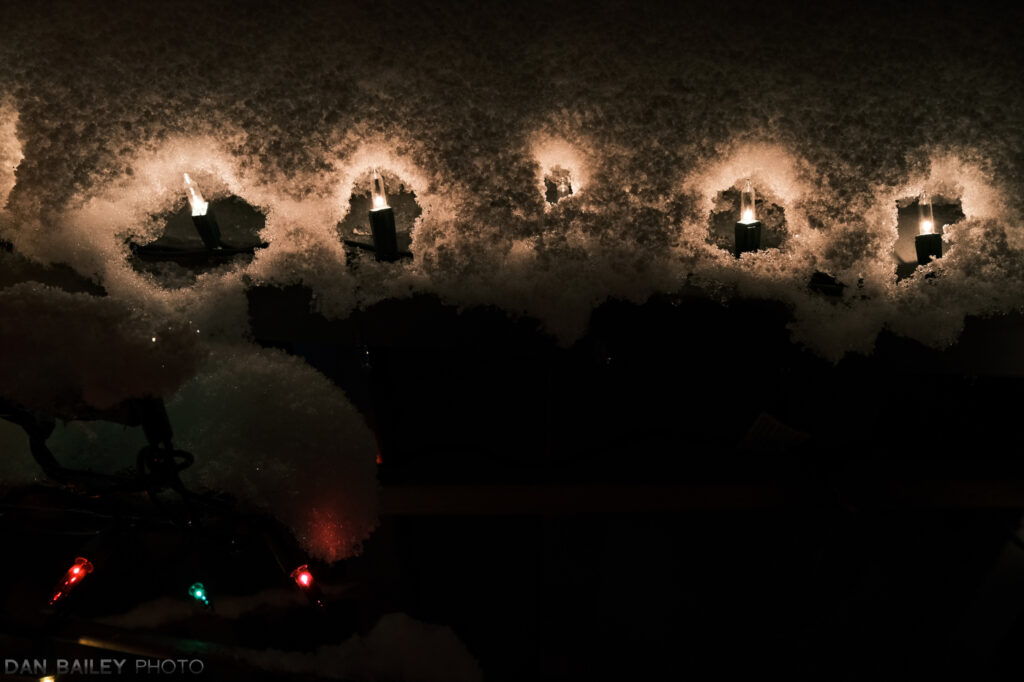
In use, the lens feels like a quality photography tool in every way, and you can tell from all the little details. From the exacting friction of the focusing and aperture rings, to the care in which its packaged in the original box, you get a sense that the people behind 7 Artisans really care about their products.
Of course, none of this would matter if their lenses didn’t perform. Thankfully, they do. The 35 f/.095 is very sharp, it has very good color clarity, and it produces those wonderful shallow depth of field effects that can lend so much to your creativity. In addition, the ultra fast aperture make it a great lens for shooing in low light.
I’ll admit, the non-click aperture ring was a little weird at first, especially since the numbers are backwards from all of my Fuji lenses, and it sits at the far end of the barrel, but I quickly got over this.
In fact, I found the non-click f/stop ring to be quite enjoyable. Its smooth operation allows for a seamless adjustment, where you’re not paying attention to numbers, you’re paying attention to what you’re looking at in the viewfinder.
Overall, I found the 35mm f/.095 to be a very fun and capable lens. In your hands, it has a professional feel about it, and it produces wonderful looking imagery for an very reasonable price.
Keep in mind that when using manual lenses that over very shallow focus; when using ANY ultra fast, shallow DOF lens, it can be tough to nail your exact focus point, especially if you’re not using a tripod, or if your subject is moving AT ALL.
Depending on what kinds of subjects you like to shoot, it might be a little bit of a challenge to take full advantage of that .095 maximum aperture. However, when you do nail it, there’s a good chance it’s going to look amazing.
7 Artisans 60mm f/2.8 Macro

The 7 Artisans 60mm f/2.8 is a short telephoto macro lens that offers full 1:1 magnification. It also give you that awesome, slightly compressed look that’s so ideal for shooting portraits and isolating your subjects against a nice, soft, blurry background.
All this for only $159. Pretty unbelievable for what you get.
I’m a huge fan of shot telephoto lenses, and although I don’t often shoot much macro imagery, I do enjoy doing occasional closeup work. I’d probably do more if I actually had a dedicated macro lens like this.
A few years ago, I tried the Fuji 60mm f/2.4 macro lens, but I quickly returned it. The image quality was stunning, but I just couldn’t get over the very slow autofocus that lens has.
Of course, that’s not really a concern if you’re shooting macro on the tripod. And of course, since the 7 Artisans 60mm f/2.8 is a manual focus lens, this becomes a moot point.
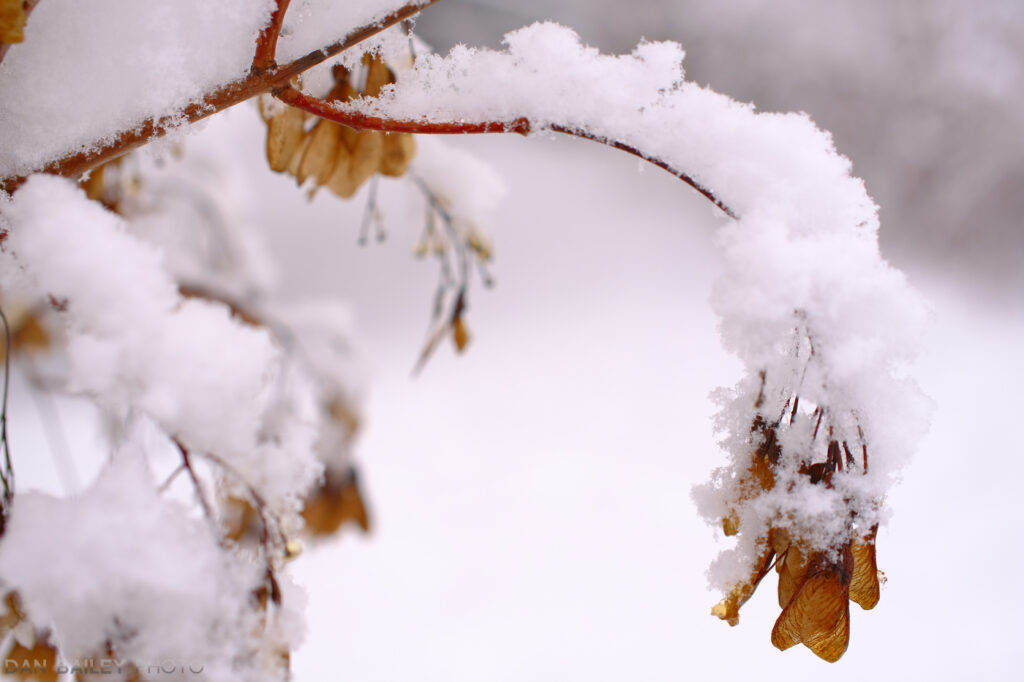
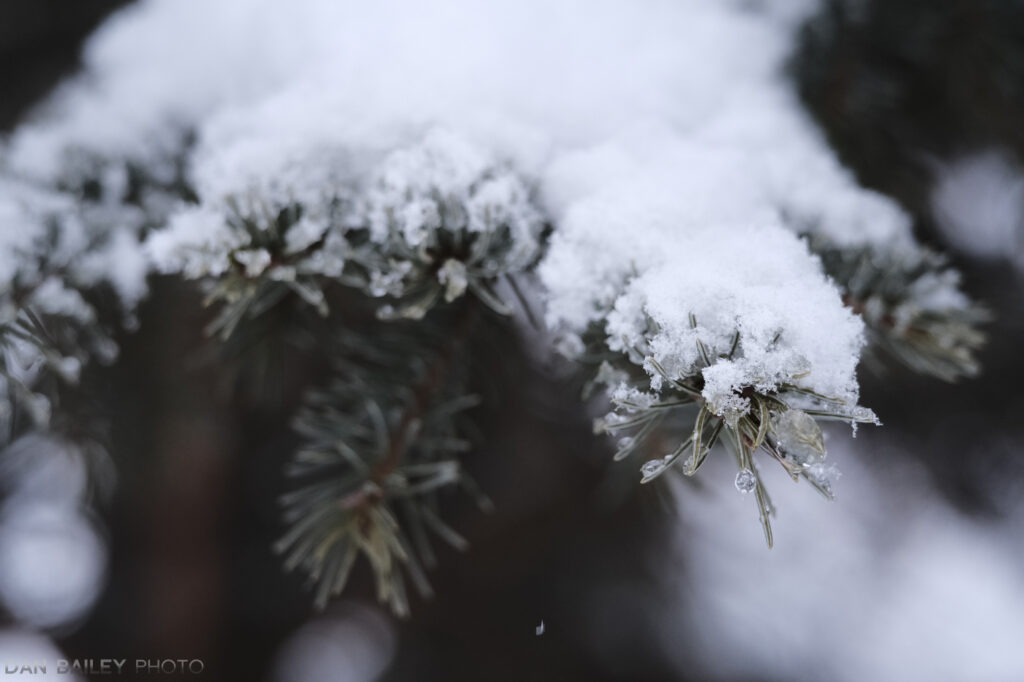

Out of all the three 7 Artisans I tried for this review, I had the most fun with the 60mm f/2.8. That’s probably because I love shooting details. I love isolating my subject matter and only showing bits and pieces that suggest the greater scene. This kind of creativity invites your viewers to imagine the rest of the scene.
A close to medium distances, the 60mm f/2.8 does a wonderful job isolating the subject and holding it tack sharp against the soft background. I had no trouble finding suitable subject matter, and each time I put this lens on the camera, I quickly lost myself in an immersion of creative experimentation.
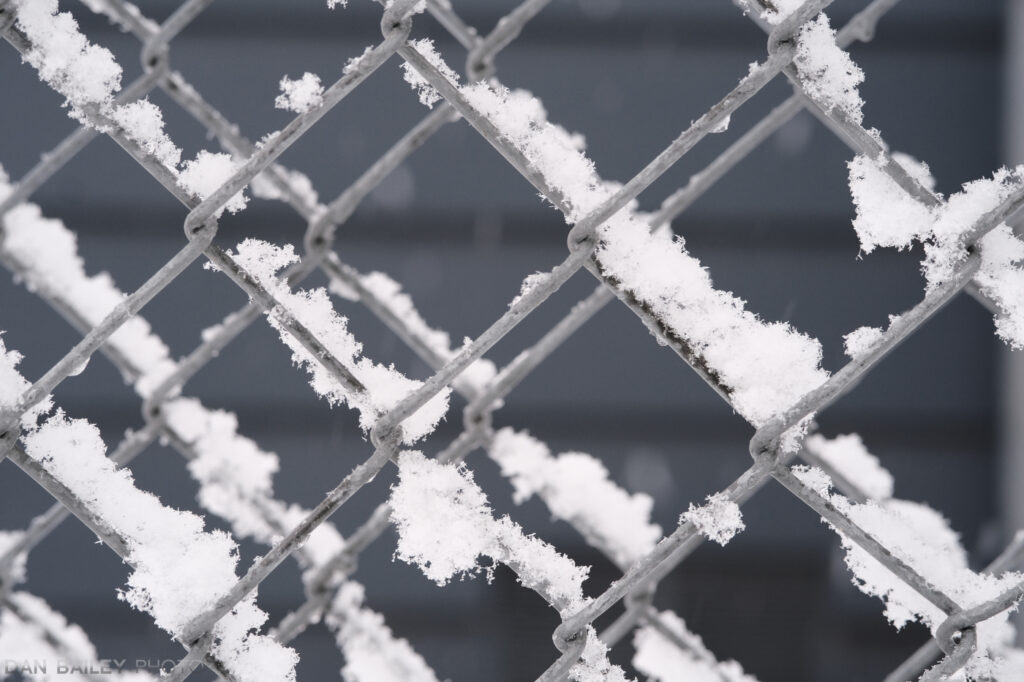
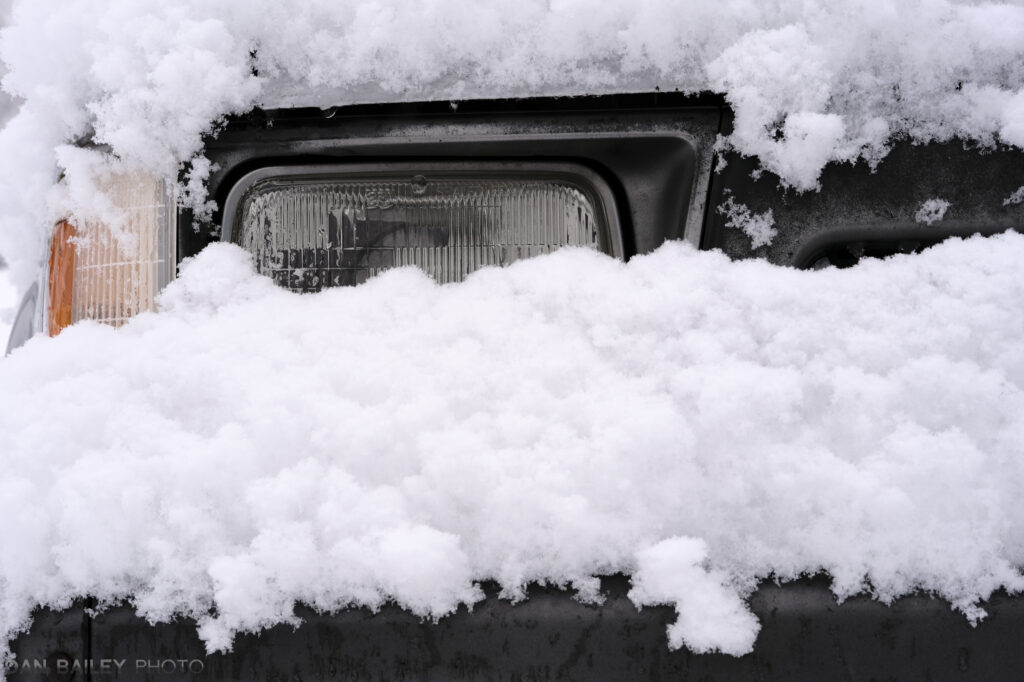

Quality and Performance
Much like the 35 f/.095, the 7 Artisans 60mm f/2.8 Macro lens features a substantial metal housing that makes it feel like a quality photographic device. It also has a focus distance scale on the barrel.
With 8 elements in 7 groups, and a 10-bladed aperture, it has excellent sharpness, clarity and color rendition, and of course, with a minimum focus distance of only .26 meters, it allows you to shoot down to 1:1 magnification, so you can capture those details with a compelling level of visual impact.
Even shooting handheld, I was able to get some really dramatic closeup photos with the 60. Using the “Focus Peaking” manual focus assist feature on my Fuji made it very easy to pinpoint the exact area of sharp focus in order to get the shot at very close focusing distances.
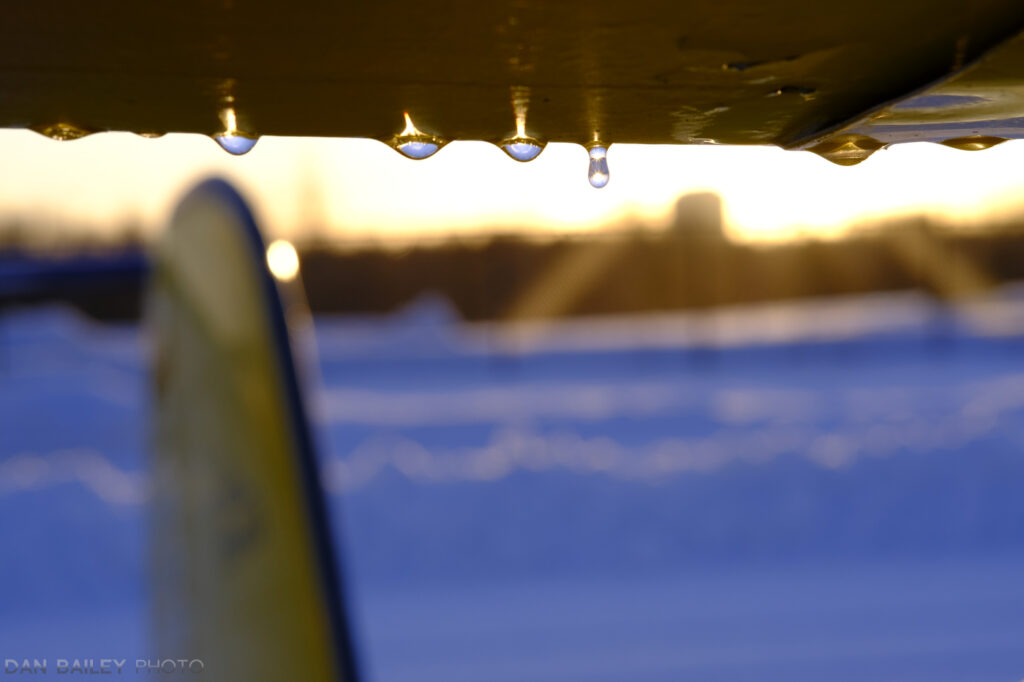
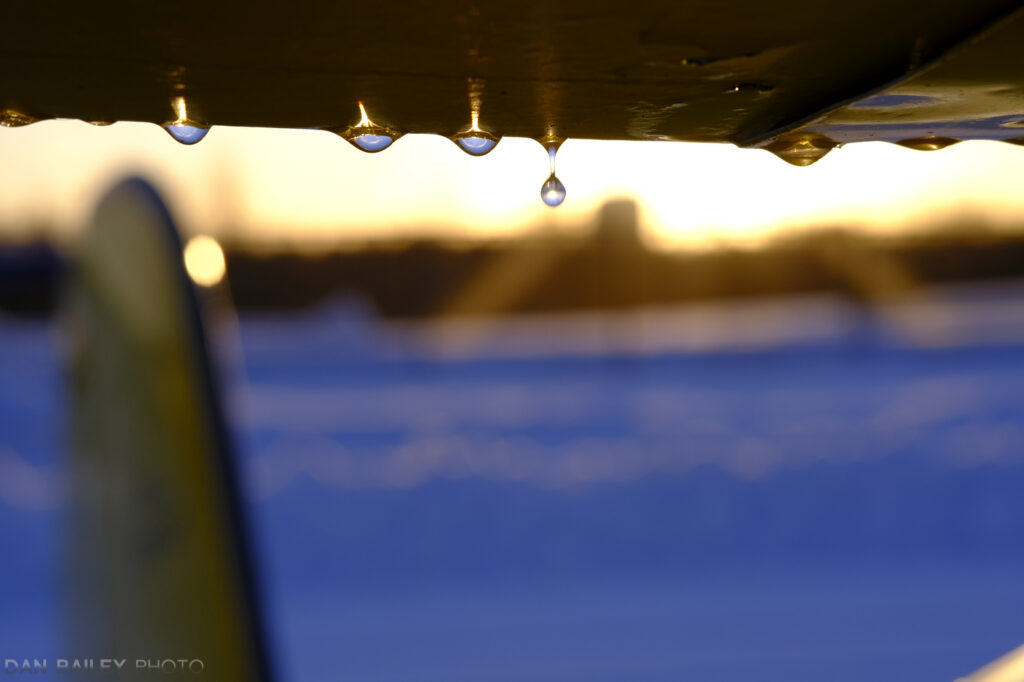
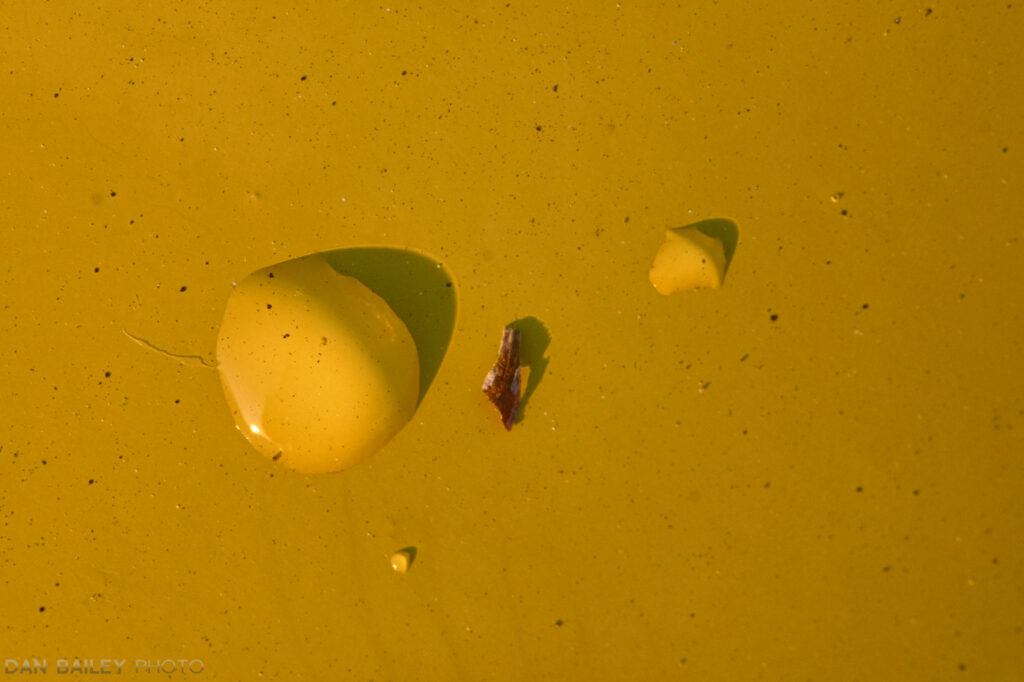
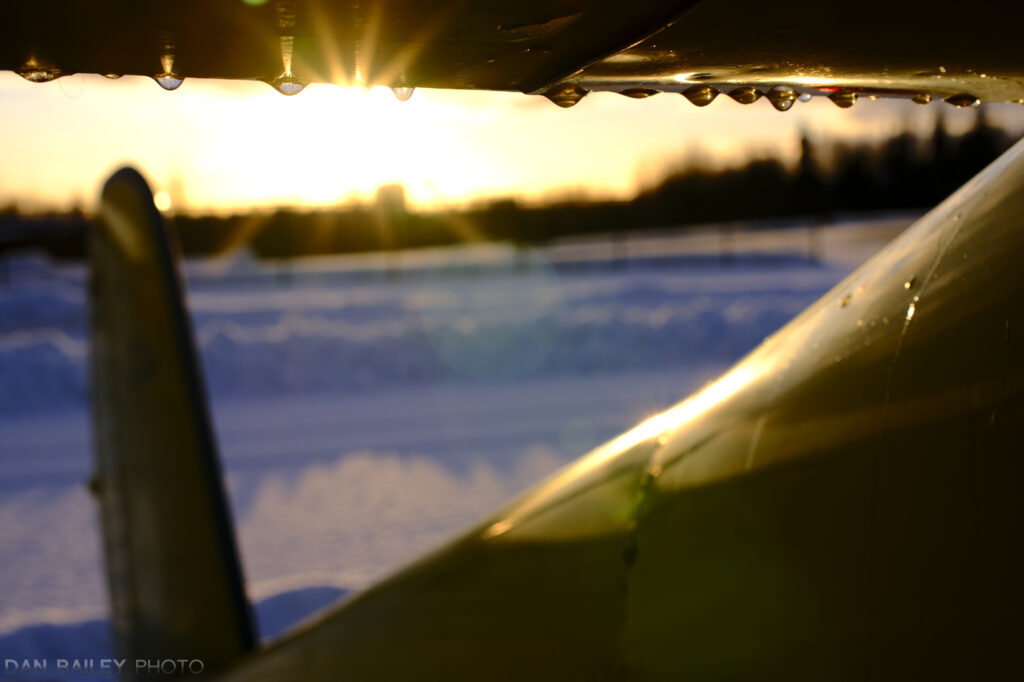
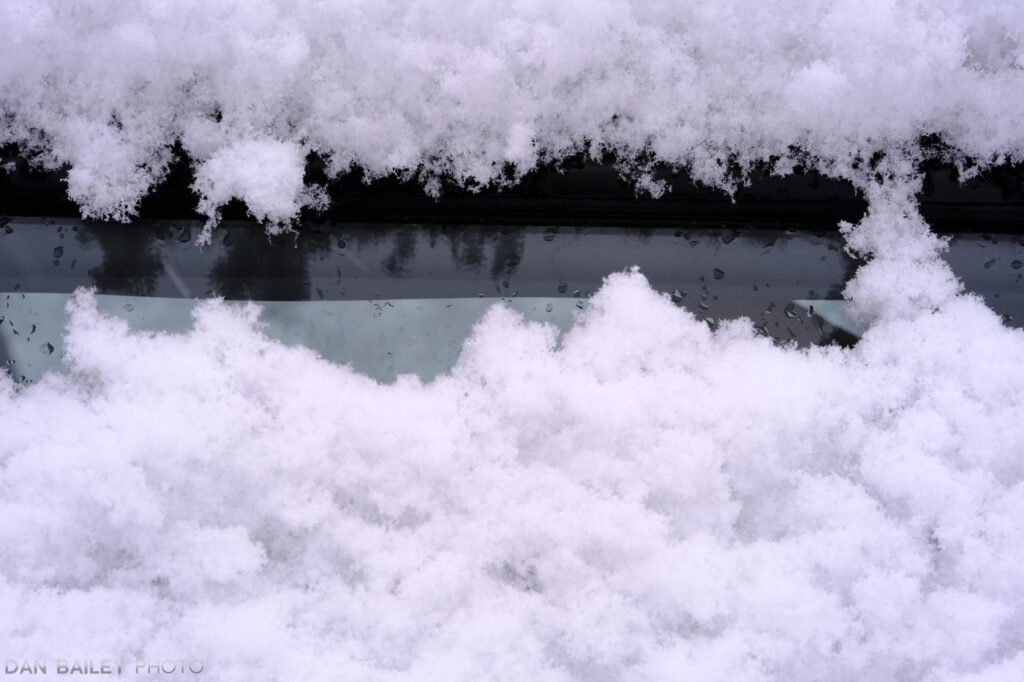
Mechanically, the focusing and aperture rings on the 60mm offer even more friction than the rings on the 35. This makes for slow, purposeful focusing adjustments, and it creates a sense that you’re being very deliberate when you’re using this lens. In my mind, this kind of mentality is very good for your creativity.
And as with the 35, the de-clicked aperture ring makes this lens a good choice for smooth cinematic use when shooting video. (True cinematic lenses use non-click aperture rings.)
Like many lenses of this type, the 60mm f/2.8 has an inner focusing barrel that extends out from the front of the lens as you focus more closely. At full 1:1 magnification, the narrow inner barrel extends just over 2.25 inches.
This is how lenses work. Those glass elements move inside the lens, and in order to make the overall lens size as small as possible, many lenses extend forward as you change focus. It’s what allows you to achieve this kind of effect without having to use a huge lens.
Overall, the lens is very easy to use, though, and whether you’re focusing ultra close or using it as a regular short telephoto, it gets the job done with very pleasing results.
And considering that it costs less than 1/4 of what you’d pay for the Fuji 60mm f/2.4 macro lens, the 7 Artisans 60mm f/2.8 at $159 offers incredible value.
7 Artisans 7.5mm f/2.8 Fisheye
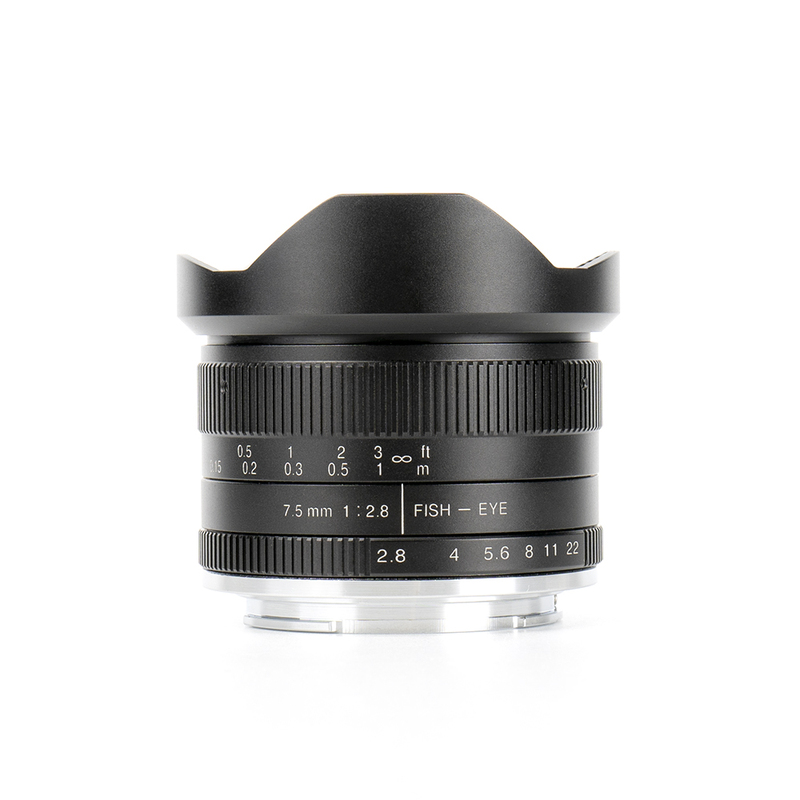
I’ve never owned a fisheye lens. Mostly because they’re usually quite expensive, (Nikon’s 16mm fisheye costs a grand) and considering how little you’d probably use them, it has never seemed like a very good investment.
Fuji has their 8-16mm f/2.8, but it’s not cheap, and it’s not small. Rokinon has an 8mm fisheye. Up until now, that was pretty much your only bet.
The 7 Artisans 7.5mm f/2.8 is a true fisheye ultra wide angle designed for APS-C sensors, and it only costs $139.
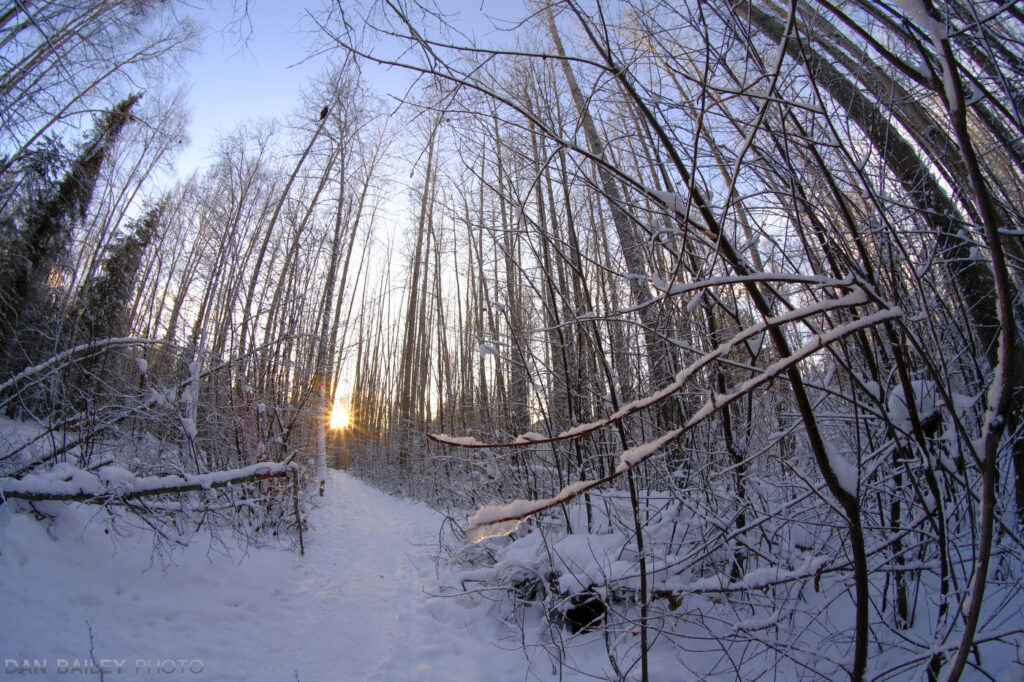
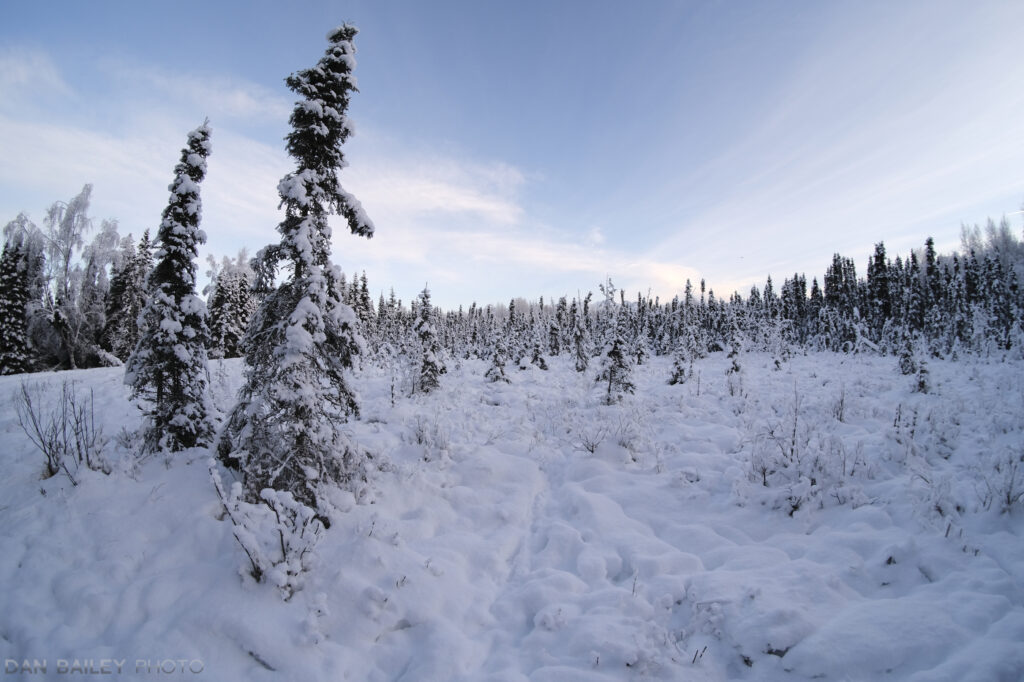
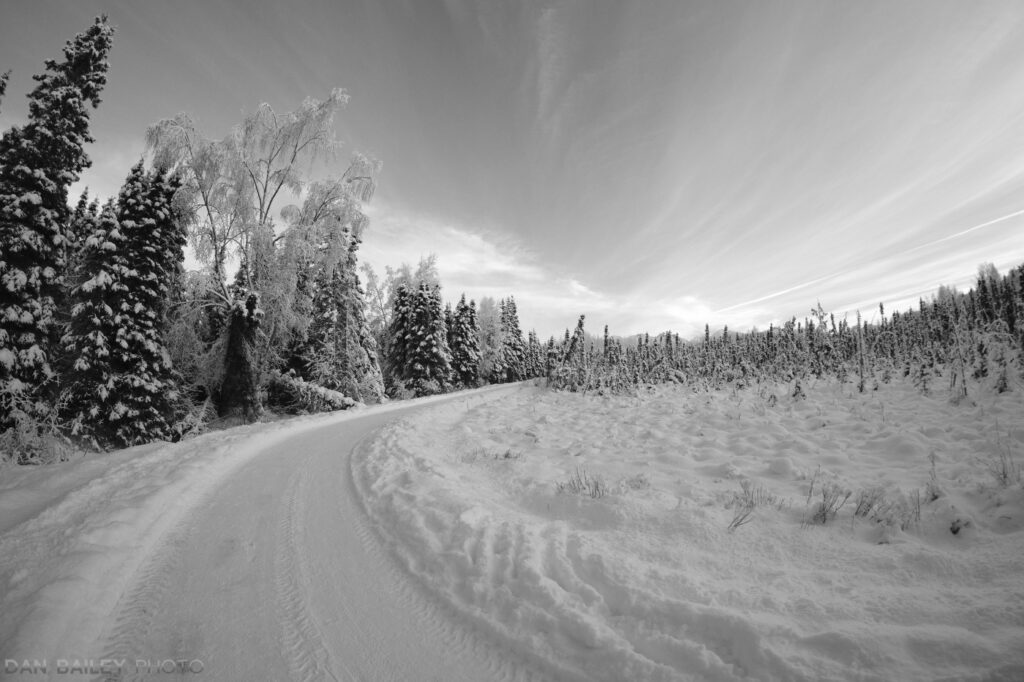
What denotes a fisheye is that it has a 180 degree angle of view. That makes it really hard not to get your own finger or arm in the picture, but once you figure this out, you can move onto making some really interesting photos.
As you can see from the examples, depending on how you orient the lens, it can give you incredible expansive wide angle scenes, or it can create those characteristic type photos with exaggerated curved lines from the intense parallax error.
One thing that has suddenly made fisheye lenses more applicable is the use of VR. With a fisheye lens, you can capture imagery that can be used for VR presentations, say for highlighting the view of a interior space or a stitched 360 degree view.
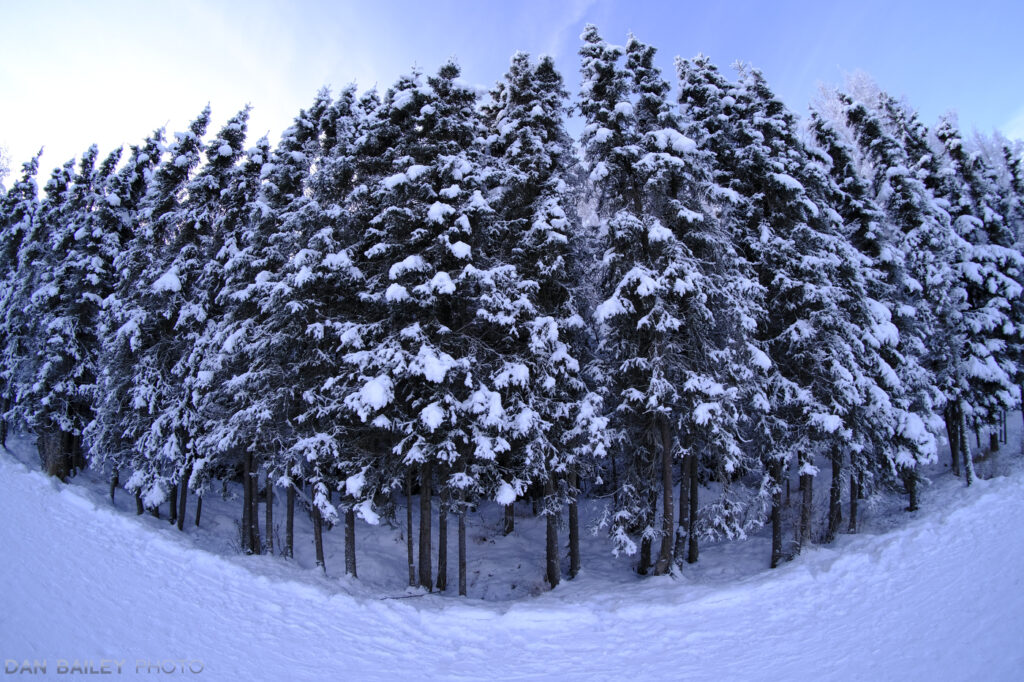
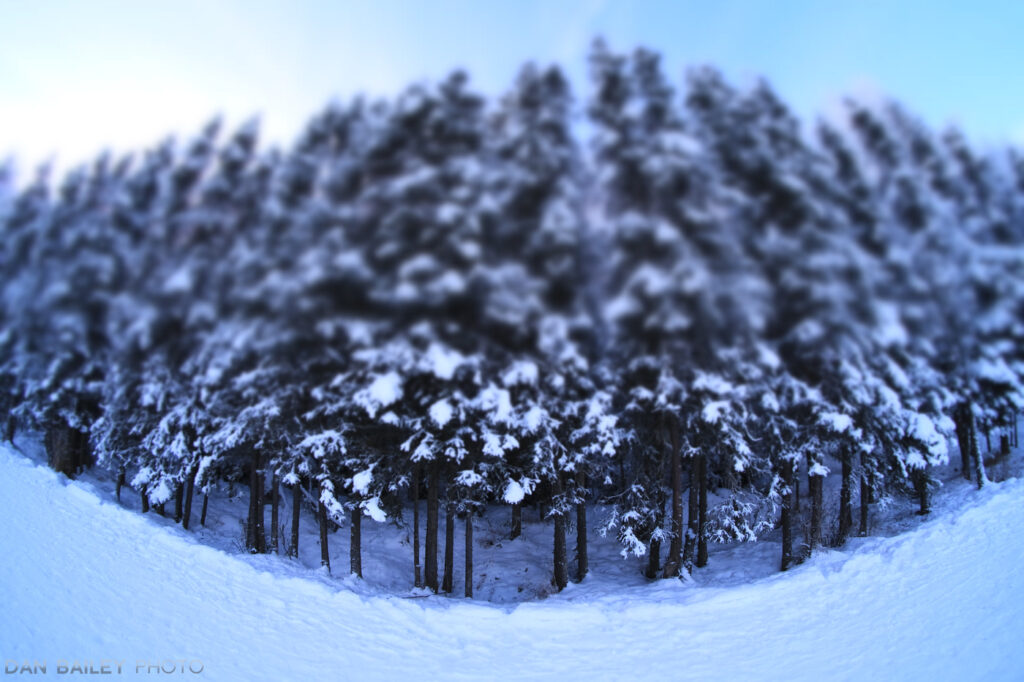

No matter how you use it, a fisheye can produce some incredible unique representations of your subject matter. And since it’s no longer price prohibitive for anyone to own a fisheye, the world of possibilities suddenly gets a whole lot bigger with a lens like this.
Whether you’re shooting huge, immersive landscapes, crowded street scenes, sky scenes or if you’re looking or a lens that will go beyond and give you something that none of your other lenses can give you, this makes an ideal choice. Especially for the price.
The 7 Artisans 7.5mm f/2.8 also makes an excellent lens for night photography and shooting stars and aurora. In fact, this could easily end up being your go-to astrophotography lens.
Quality and Performance
Like the other two lenses mentioned in this review, the 7 Artisans 7.5mm f/2.8 is built like a little tiny tank. It’s actually pretty small, but with its all-metal housing and construction of 11 glass elements in 10 groups, it feels very solid in your hands.
And, like the other two, it has a nice, tight focusing barrel and a de-clicked aperture ring, which again, makes it quite useful for capturing a very cinematic feel if you’re using it as a filmmaking lens.
Other than that, it’s pretty straightforward. It’s sharp, it has wonderful color clarity, and since it has that ultra-wide characteristic of a very a narrow range of focus from close to infinity, (the entire range is only 1/4 turn on the barrel) it’s very easy to focus.
With a price of only $139, this becomes a serious contender in the “what lens should I get next to inspire my creativity” category.
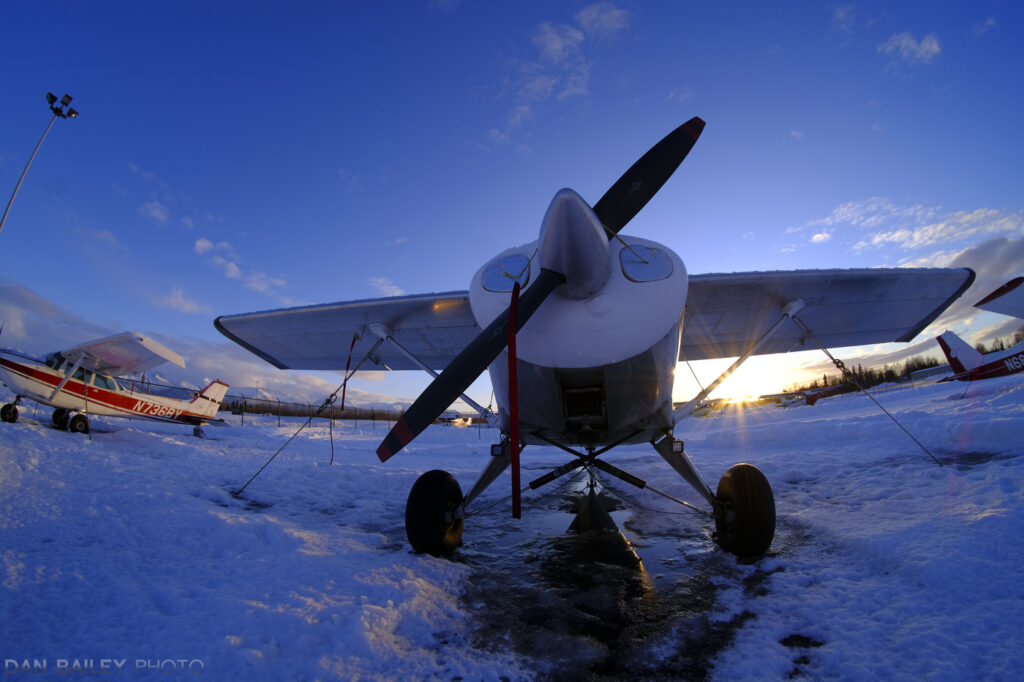

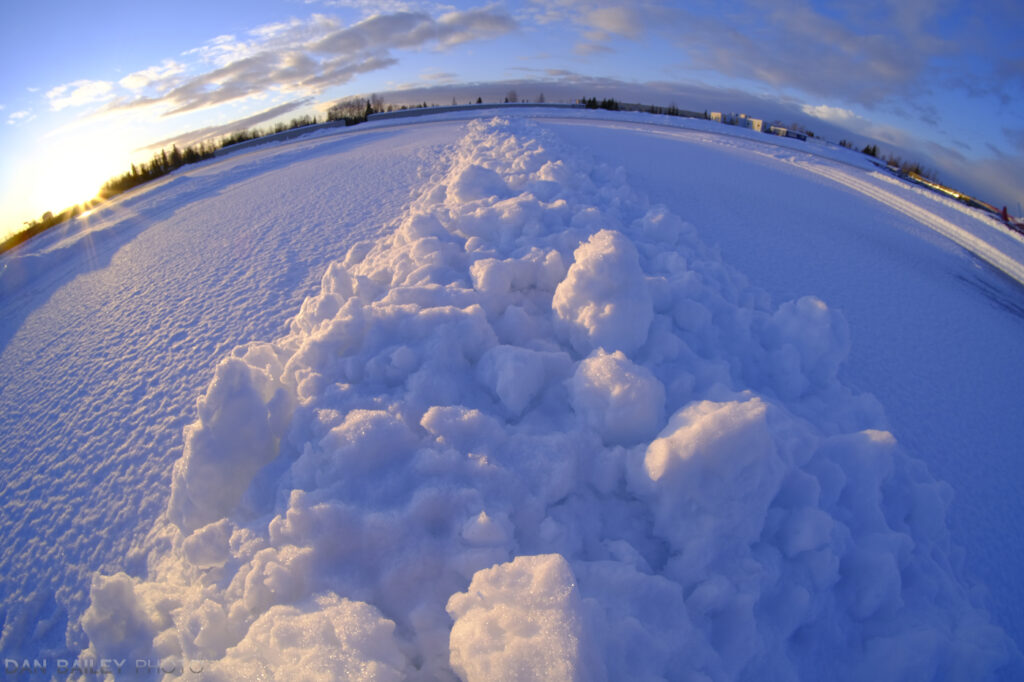
Final Thoughts
As I stated above, all three of these are very good lenses that offer great image quality, very low distortion, classic styling and lots of creative versatility for shooters who are on a tight budget. You could easily get a couple of these lenses, or all three, for the price of a name brand lens.
Are they as good as comparable Fuji lenses? I won’t even go there, because that’s not really the point of my review. And if you’ve read my reviews before, you know that I’m not all about comparing the pixel peeping specifics of any piece of gear.
In my mind, a lens, or any creative tool for that matter, is either fun to use inspires your creativity and gives you satisfying results, or it doesn’t. Simple as that. Besides, there are plenty of geeky reviews out there that will tell you that kind of stuff.
I really enjoyed using these lenses. I had a lot of fun, especially with the 60mm macro. The 7.5mm fisheye was pretty fun too, although it took some practice to get a good feel for it. The 35mm is a familiar focal length for me, so I felt comfortable with the look, even though the ultra shallow DOF made me have to work a bit harder with my technique in order to nail the right focus.
It really comes down to what you like to shoot. The macro and the fisheye could be a great combination for landscapes and street/travel shooters, while the 35 makes a great all around lens. Both the 35 and the 60 would be great for portraits. Again, it just comes down to which focal lengths inspire you the most.
Overall, I think that 7 Artisans offers some incredible lenses for Fuji and other mirrorless shooters, since they also have mounts for other systems as well. (All three of the lenses in this review are also available with Sony E mount, Canon EOS-M, Micro 4/3 and Nikon Z.)
If you’re looking for a good quality, stylish manual focus lens that won’t set you back too much, then I would definitely recommend checking out the 7 Artisans website to see all the different lenses they offer.
